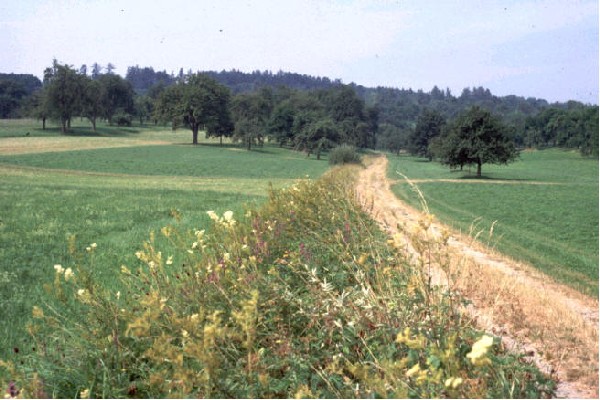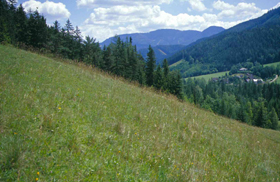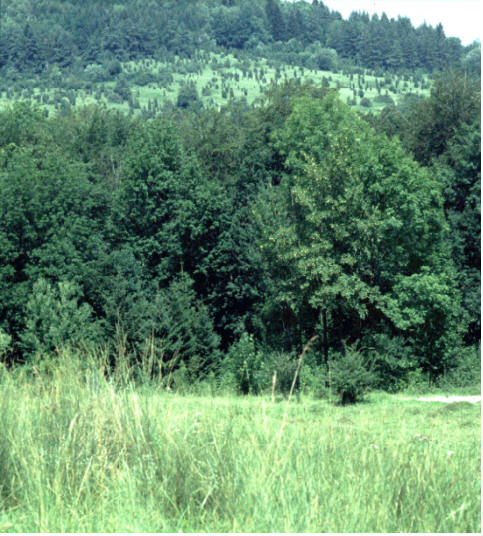WP 7: Modelling of populations
Objectives of WP 7:
The overall objective of this work package is to integrate the scientific results in the form of empirically-derived parameters from other work packages, to determine Maculinea dependence upon habitat dynamics and land use. Realistic models will be constructed to explore different environmental scenarios, for example to simulate the effects of different management options across Europe. Under the following 2 sub-headings the WP will aim to undertake the following:

At the metapopulation level, appropriate model tools are being developed, which are to be modified as simplified rules for metapopulation management. Ultimately, we expect to predict if current levels of fragmentation of Maculinea-habitats will encourage small and isolated or larger (meta)populations to go extinct, or whether this state is reversible through conservation measures such as increasing connectivity through habitat corridors or increasing the carrying capacity of individual sites through optimum management regimes. Based on the models of populations and metapopulations we will be able to provide a set of data on Minimum Viable Populations (MVP; threshold values for the size of habitat or population) or Minimum Viable Metapopulations (MVM, Hanski et al. 1996; for the size and spatial structure of the habitat net or population(s) within this net) for the Maculinea species under different geographical constellations (continuous distribution vs. isolation). We hope to show which factors dominate the thresholds of MVPs or MVMs under which conditions (Drechsler 1998, Hanski et al. 1996). Contrary to most PVA-models, resources are being explicitly considered (Stephan & Wissel 1999) as the spatial distribution and dynamics of ants and plants are very important and will call for an integration of the habitat models currently being designed.

Local Populations
- To model/analyse key factors responsible for local extinction
- To identify host species, habitat structure and landscape configuration of general relevance for Maculinea
- To deduce MVP (minimum viable population sizes; considering genetic structure for long term survival)
Metapopulations
- To model dynamics and demography
- To model gene-flow between populations and the influence of spatial structure on effective population sizes
- To determine MVM (minimum viable metapopulations; also considering genetic structure)

To realistically describe space-time aspects with adequate methodology we are implementing grid-based models and coupling them with individual based models, as has already been successfully done by Wiegand et al. (1995). For long term predictions we are integrating genetic data to create a more profound basis of modelling, especially with respect to the influence of effective population sizes on the long term persistence and with respect to the quantification of exchange between populations.

